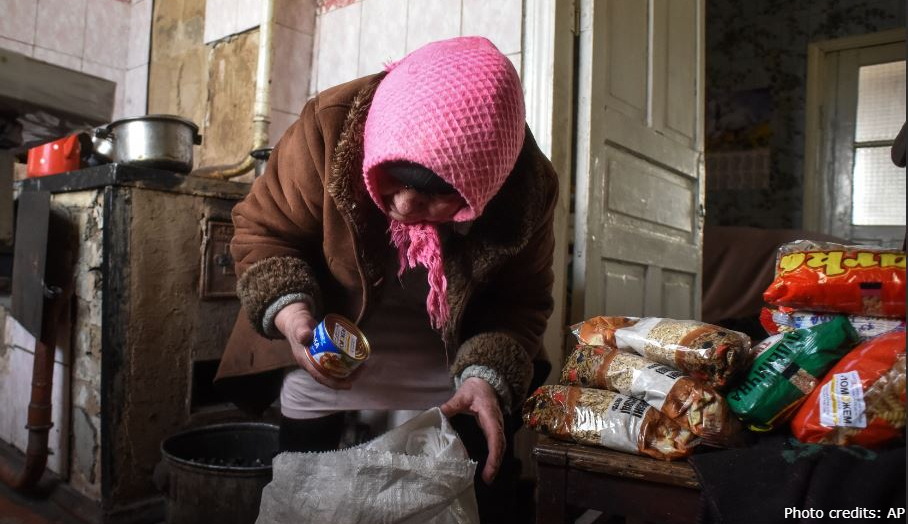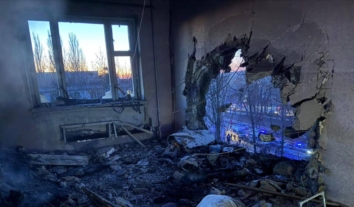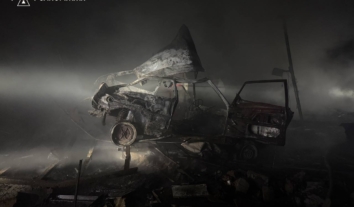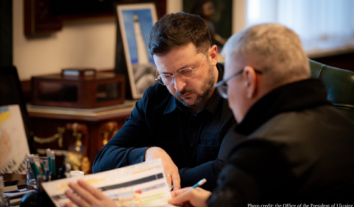As Russia’s war against the Ukrainian people enters fourth year, one third of population in frontline regions faces food insecurity – WFP
Nearly 5 million Ukrainians face food insecurity with frontline regions hardest hit, according to the UN World Food Programme (WFP).

As the war in Ukraine enters its fourth year, an estimated five million Ukrainians are facing food insecurity, with the most severe conditions concentrated in areas near the frontlines.
“Families in frontline regions are struggling to put food on the table, forcing them to make heartbreaking choices just to get by,” said Richard Ragan, WFP Country Director in Ukraine. “As we look forward to sustainable peace in what is considered to be one of the world’s historical breadbasket regions, we must face the reality that humanitarian aid continues to be a lifeline for millions.”
The situation is particularly dire in southern and eastern regions. More than half of the population in the Kherson region faces severe hunger, while two out of five people in Zaporizhzhia and Donetsk regions are experiencing hunger.
WFP monitoring reveals that 72 percent of food assistance recipients report having to implement coping strategies such as cutting back on food, purchasing less nutritious options, skipping meals, or borrowing money to feed their families. Across six frontline regions, almost one-third of all residents are considered food insecure.
Commercial supply chains in war-affected areas remain disrupted, with infrastructure often damaged or destroyed and economic opportunities scarce. Even in places where supermarkets are operational and stocked, many families cannot afford nutritious food due to rising prices. The cost of basic food items has increased by 25 percent over the past year, with some staple vegetables more than doubling in price.
The WFP continues to provide food and cash assistance to nearly 1.5 million Ukrainians each month, primarily in frontline regions. Since March 2022, the organization has assisted the equivalent of 3.3 billion meals and distributed 445,000 metric tons of food.
However, humanitarian operations face increasing risks. WFP reported that in the past six months alone, its food distribution points and the vehicles or assets of its local humanitarian partners have been hit by drones, shelling, or missiles more than 20 times.
Previously, ZMINA reported that three years after the start of Russia’s full-scale invasion of Ukraine, international organizations continue to maintain a monopoly on funding humanitarian response, management processes, and policy-making in this area.
Despite international commitments to localise humanitarian aid and the obvious economic efficiency, less than 1% of the nearly $10 billion in humanitarian aid funding tracked by the UN has been channelled directly to local and national non-governmental organizations (L/NNGOs) in Ukraine, the report of the Center for Disaster Philanthropy and the Crimea SOS says.









